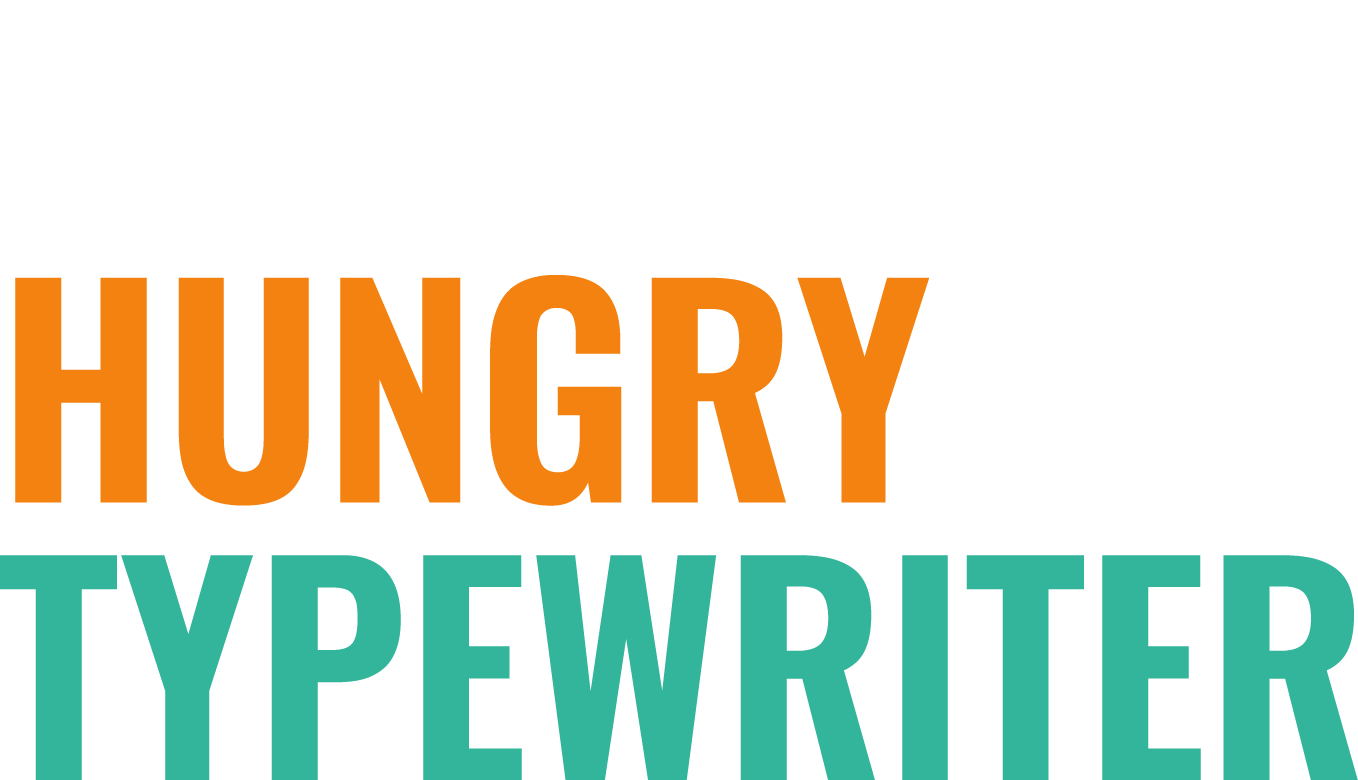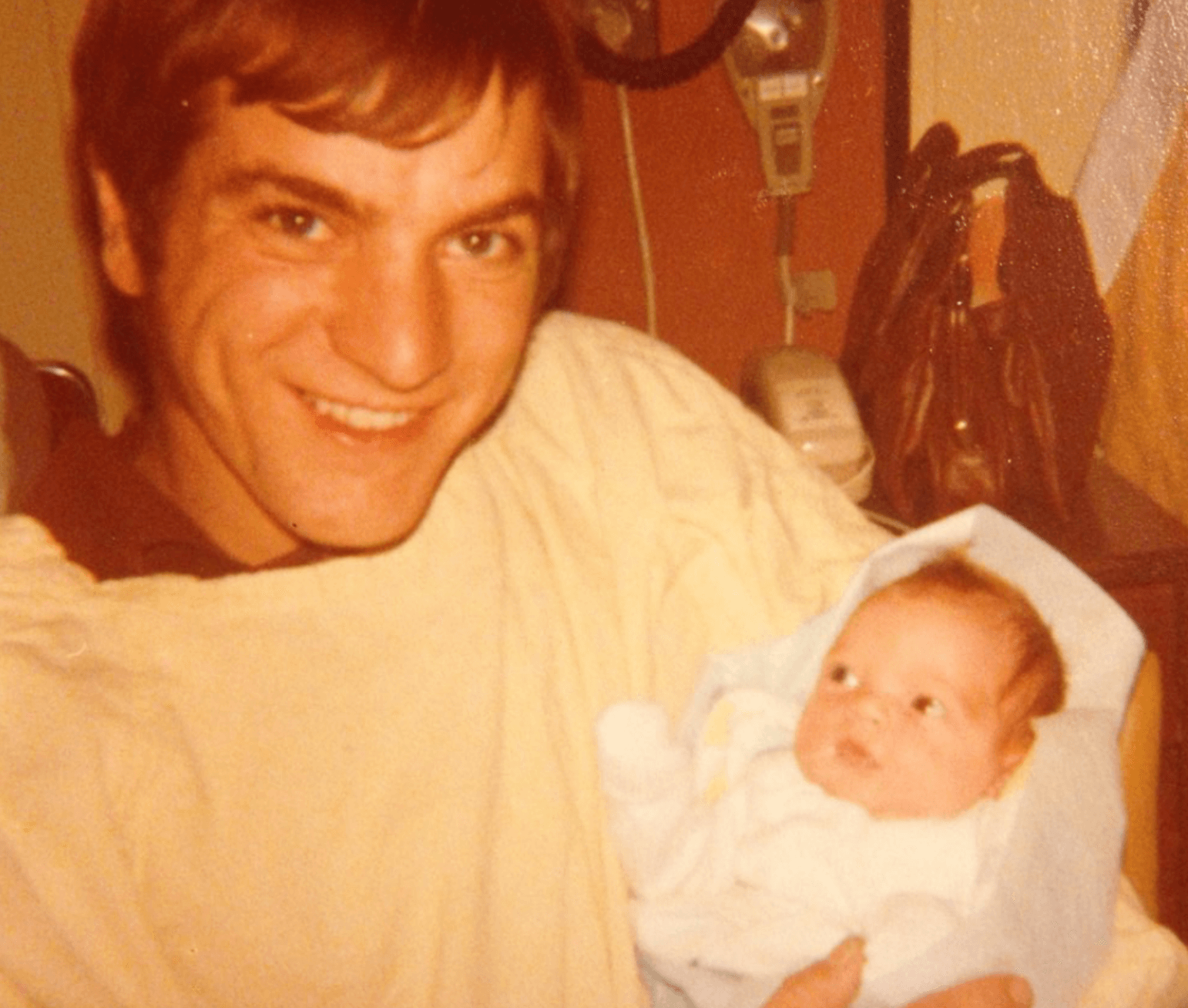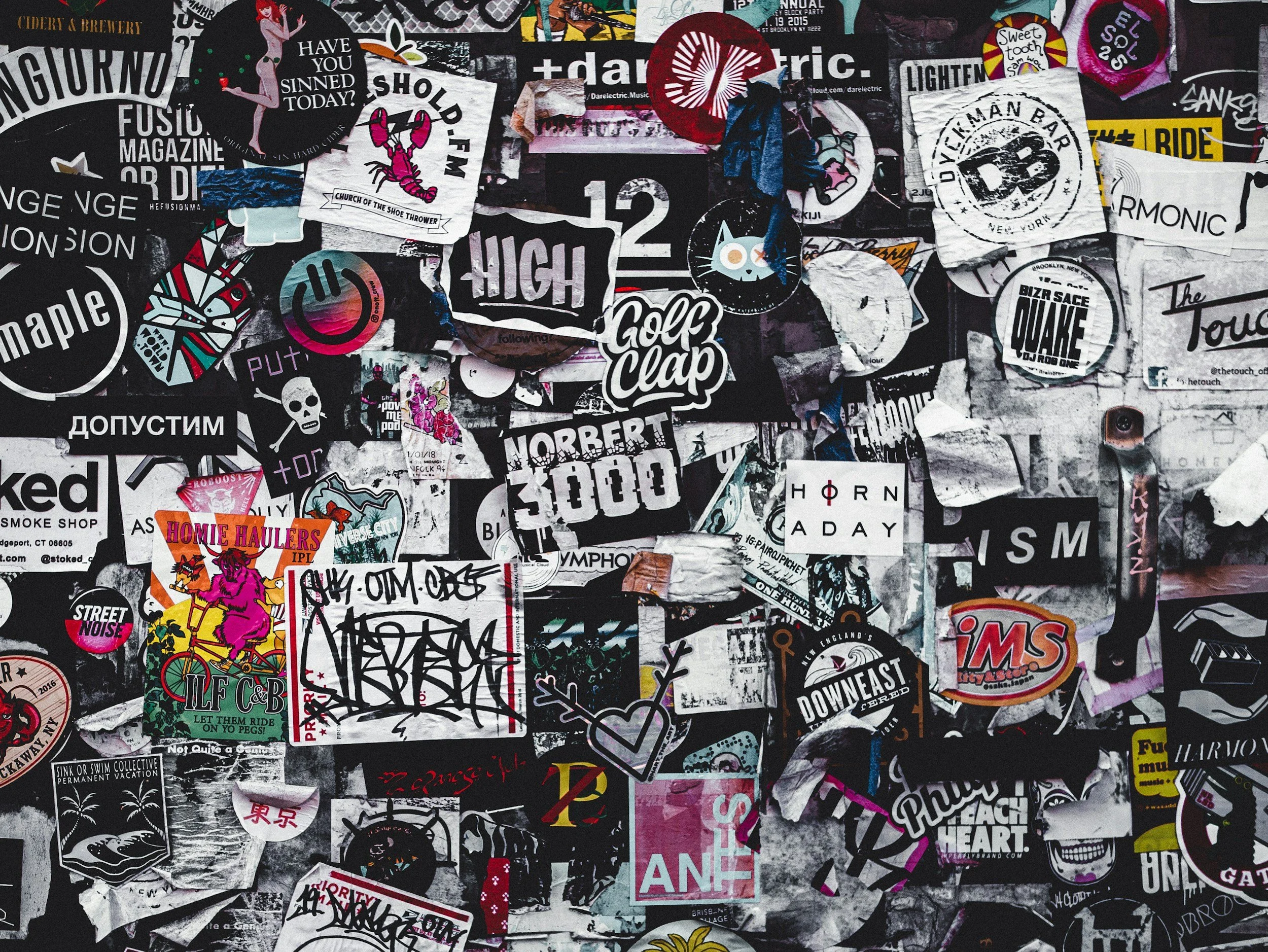Human Copywriter vs AI Copywriting
It’s Not a Competition. It’s a Creative Advantage.
This is Part One of a 2.5-part blog series exploring the brave new world of AI, copywriting, and human creativity. Stick around for tips, prompts, and real-life examples. Brownie points (and recipe!) if you fall in to the right rabbit hole.
People often ask how I feel about AI in the copywriting space—and my answer usually raises a few eyebrows:
I actually love it.
Has our business shifted since AI copywriting entered the scene? You bet.
Have we lost a few clients to it? Yes. But in some cases, that’s actually been a win—for everyone. (More on this in a bit.)
Has it changed the way I approach the craft? Absolutely. In fact, it’s made me more creative, more curious, and more confident in what I bring to the table.
Like most copywriters, I was hesitant to jump on the AI bandwagon at first. Maybe I was worried that it would prove I wasn’t that special. That what I did could be replicated, repackaged—and replaced.
But after months of putting ChatGPT through its paces, I realized:
I had nothing to be afraid of.
Meet Fred.
Fred is my overly agreeable AI copywriting sidekick. She’s a decent brainstormer, a passable editor, a caffeinated cheerleader—and a terrible (if confident) liar.
And while she’ll never write for the big leagues, she regularly helps me beat blank-page syndrome and blinking cursor hypnosis. She’s never afraid to test ideas, download industry lingo, or flag angles and holes I might’ve missed (see this tip down below!).
That’s why this isn’t an article about whether AI is better than a copywriter.
Because it’s not a deathmatch. It’s not even a competition.
It’s a creative advantage.
Used well—especially as a small business owner—AI can be one of the most productive tools at your fingertips. Not a replacement for strategy, voice, or vision. Not a stand-in for a strategic partner. Not a pass for creative (or critical!) thinking.
Instead, AI offers a reliable and ready swift kick to the keyboard when you don’t know where to start—or when to stick the landing.
If anything, AI has helped me fall back in love with writing—and what it takes to make words feel real. It’s also connected me to a whole host of humans who nerd out about punctuation as I do (Exhibit A → Long live the em dash).
That’s why I’m pulling back the curtain a bit to show you how I use AI in my drafting process—and in my small business—so I can focus on what tech can’t touch: human insight, emotional storytelling, and making words mean business.
Why I named her Fred
Fred is the nickname my dad gave me as a baby. Most likely because it rhymes with red.
It’s short for Fredericka, and came complete with a song, set to the tune of La Cucaracha.
This may explain a lot.
(Image: Me with a man I’ve always looked up to—starting from Day 1)
Take AI copywriting with a grain of salt.
And a shot of tequila.
One of the biggest reasons AI has helped me regain confidence as a writer?
It’s actually not that great at writing.
Don’t get me wrong—it’s wildly impressive. It has a better grasp of grammar and flow than most high school students (I should know—I have three of them). But for all its speed and surface polish, AI is only as good as the material and prompts it’s fed. It can remix, reorganize, and refine what already exists. But it can’t create something truly original without your help.
And that’s the difference.
Just because someone can throw sentences together doesn’t make them a writer. It just means they can communicate in writing.
A writer knows how to get someone to snap to attention—like your mom hollering your full name out the back door when she realized you ate the last brownie…and the four before that. #askmehowIknow
A writer knows when to turn prose into poetry. When to lean into emotion and when to hold off. When to hook a reader—and when to let them sink in.
A writer knows how to challenge assumptions, reposition your offer, and tell a story that makes your audience feel like you’re right in the thick of it.
AI copywriting can’t do that. But it will do everything in its power to convince you it can.
And that’s where things get dangerous.
Because the biggest risk isn’t that your content will sound robotic. It’s that it’ll sound good enough to get by, but not strong enough to stand out.
When everyone in your industry is drawing from the same source material, the brands that win aren’t the ones with the cleanest sentences.
They’re the ones bold enough to say something real—and something only they would know.
Wondering if you should replace your copywriter with AI? Click here for my stance (and it may surprise you).
The AI Draft Is the First—not Final—Draft.
make it unmistakably you-man
The risk isn’t sounding like AI. It’s sounding like everyone else. Read every AI-generated draft as if it were written by your competitor—because it could be.
What would you challenge? What would you change? What would you never say that way?
Here are five ways to make it uniquely—and unmistakably—yours.
Tip #1
Tag in Teammates
Add a quote from a teammate, client, or industry partner to bring real voice and insight.
Even if you’re the primary voice behind your brand, you don’t work in a vacuum. Pepper a teammate’s offhand comment that sparked the idea. Interview a client who has experience in the topic or challenge. Add in an anecdote from an author you love or link to a recent article supports your perspective.
The most engaging doesn’t just speak for you—it speaks with others.
tip #2
Prove you’re human.
Include a real-life anecdote—bonus points for a behind-the-scenes photo to match.
AI can give you a decent outline, but it can’t describe the time you solved a client problem while mowing the lawn (and accidentally left the lawn mower running while you sent the email). Or what it felt like to hit “publish” on your first launch.
Sometimes that "fluff" is the most important stuff.
Never underestimate those “little” moments. It's what readers remember, relate to, and reach out for.
Tip #3
Sneak in Easter eggs.
Use helpful asides, callbacks, and links to supportive content.
Sometimes rabbit holes are a great adventure (ask Alice!).
Whether it’s an inside joke from another article, a delicious post on LinkedIn about brownies and how they are critical to the writing process, or supportive studies that prove your point, little flourishes like these add personality while encouraging curiosity, clicks, and deeper engagement.
Word to the wise here, though—make sure your links are correct and active (unless you’ve got a great 404 page.)
Tip #4
Fire Captain Obvious
If everyone is saying it (or it goes without saying), say it better—or say something else.
AI-generated content is already full of what’s been said a hundred times. Stop squeezing the same fruit and expecting different juice.
Instead of repeating “consistency builds trust,” show us the lengths your company goes to make a brand experience unforgettable—like the handwritten note you slip into client gifts or the autoreply that still sounds like you, even when you’re out of office.
Don’t just share a stance—take a stand. And back it up with real examples.
tip #5
Make numbers count.
Don’t default to national studies. Use the data from your own business, clients, or customer base.
Your metrics tell a story—use them. Maybe it’s the hours you saved by automating a clunky process. Maybe it’s the 43% jump in replies after one small tweak to your email template. Maybe it’s the fact that 100% of your business growth has come from (free) word-of-mouth referrals. (Psst: that one’s us.)
When it comes to catching a client’s attention, your own data is far more compelling than the latest national study. So keep track. Show your work. And bring your own receipts.
AI is a “copy” writer.
If you remember one thing from this post, let it be this.
Adding a human element to your content—whether that means hiring a human copywriter from the start or intentionally layering it into every AI-assisted draft—isn’t a bonus. It’s the bare minimum if you want readers to care, connect, and come back.
It’s the difference between sounding smart and feeling true.
It’s also the difference between doing your job as a writer (or business owner)—and not.
Because even the best AI can’t speak from your experience, share your stories, or reflect your values without you. That’s your creative advantage: the irreplaceable, unmistakable human layer that turns decent writing into unforgettable content.
Ready to create a stronger, sharper draft from the start?
Part 2 is coming in hot with 17 smarter prompts to help you do just that.







